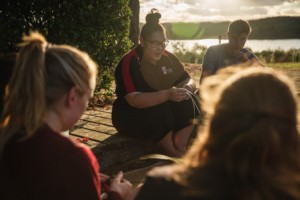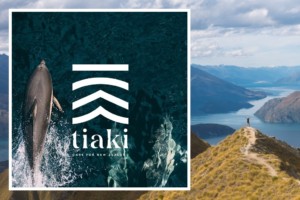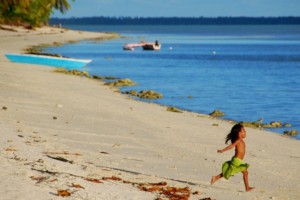Planning tourism with purpose & love in New Zealand’s Bay of Plenty
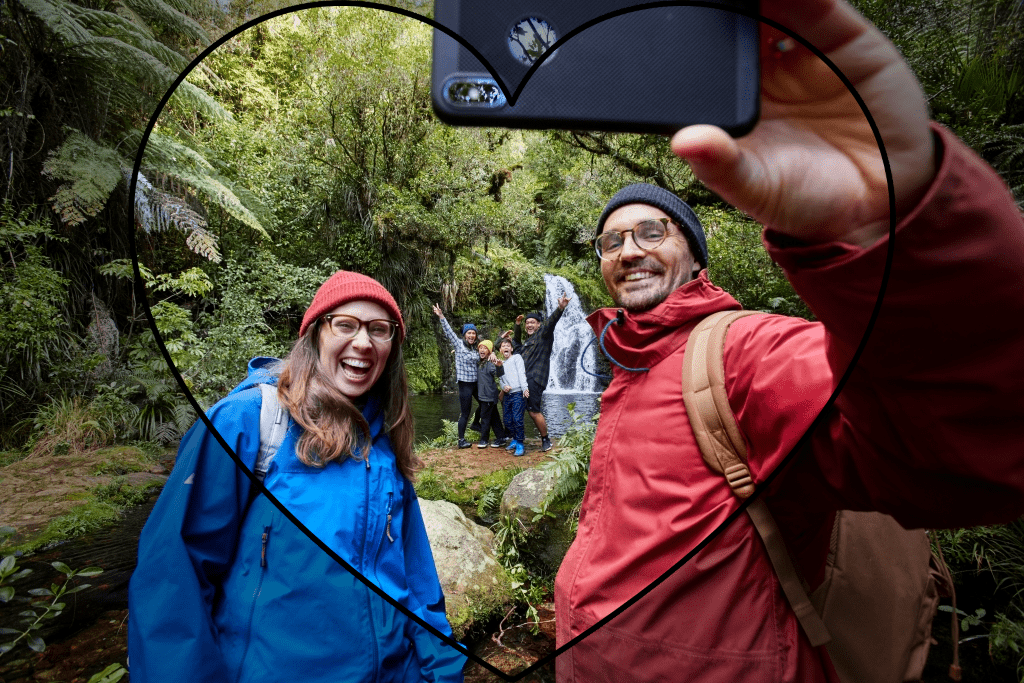
Kristin Dunne’s “eyes were opened” to possibilities for travel & tourism that she could not ignore; possibilities based on purpose, place, and passionate people. In this “Good Tourism” Insight, the destination manager shares Tourism Bay of Plenty’s Te Hā Tāpoi | The Love of Tourism.
Kia ora koutou from Aotearoa (New Zealand).
I am privileged to be tumuaki (chief executive) for Tāpoi Te Moananui ā Toi | Tourism Bay of Plenty in Te Moananui ā Toi (the Coastal Bay of Plenty) on Te Tai Rāwhiti (the east coast) of our Te Ika-a-Māui (North Island).
One day, when it is safe to do so, we hope to open our home to manuhiri ki tāwāhi (international visitors) again and welcome you with our special manaakitanga (hospitality and warm welcome).
We searched for purpose, found love
In 2016 we set about understanding what value Tourism Bay of Plenty could add to our stakeholders. It is safe to say that we were struggling with both relevance and respect as an organisation. And internally we didn’t understand our “why?”; our purpose.
The journey we are on was not originally foreseen. It was only through a shift in my own consciousness that my eyes were opened to the possibilities of the change that we are now trying to be. Raising the consciousness of others to gain support for our kaupapa (cause) is a continuous priority. Thus we have been sharing our work freely in the hope that we can contribute to national and international thought leadership for purpose-driven destination management.
The shift of consciousness that I experienced seems to have accelerated rapidly in the minds of others in the post-COVID-19 context. This is encouraging. So my main focus now is shifting from thought leadership to leadership in action.
Whilst we are only at the beginning of our journey, I thought I would focus this article on some of what we have done to shift towards tourism with purpose.
Breaking that down as succinctly as possible, there are three key differences in our approach thus far that I hope will be of interest to other inquisitive practitioners:
1. Incorporate indigenous wisdom into destination management
At times, our work is acknowledged as new and innovative, yet it is steeped in deep history. The basis of our destination management plan, Te Hā Tāpoi | The Love of Tourism (PDF), comes from the wisdom of the indigenous people of Aotearoa, the Māori. We have done our best to honour Māori principles and values, translate them into mainstream destination management principles, and make the concepts accessible to others.
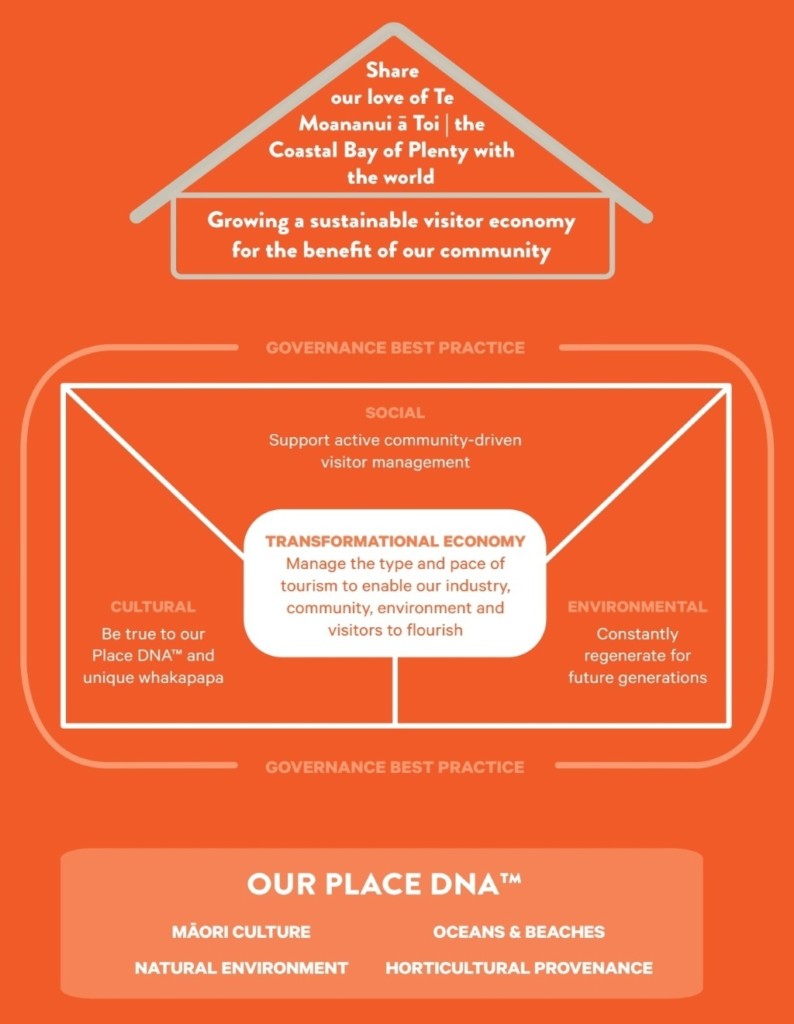
We work in partnership with iwi and hapū (indigenous tribes and sub-tribes) to:
- Ensure Māori are front and centre in place-making development initiatives, and remind public and private investors that tangata whenua (the people of the land) are the acknowledged and rightful landowners;
- Invest in a Kaihautū (Māori economic development leader), who works with iwi and hapū to create partnerships and opportunities;
- Tell the truth in our storytelling and understand history from multiple perspectives;
- Strive for Māori cultural infusion in our marketing and communications (a Māori communications advisor guides us); and
- Better understand te ao Māori, tikanga, and te reo (the Māori world view, customs, and language) and be more aware of our unintended bias, racism, and privilege.
Our partnership with tangata whenua (the people of the land) has enriched our thinking and our work. And as we work together to create more authentic cultural visitor experiences, our manuhiri (visitors) will be forever enriched also.
2. Seek community permission, inspiration, protection, regeneration
If innate indigenous wisdom reminds us about kaitiakitanga (guardianship), then our community reminds us that our ‘destination’ is a home. We can only share it with the community’s permission.
Also see Jim Butcher’s “GT” Insight “Tourism’s democratic deficit”
Connecting with our residents is now one of four key long-term strategies. We did our best to engage community and other stakeholders to co-create Te Hā Tāpoi | The Love of Tourism. During that process they gave us the purpose we had been searching for.
And it all came down to love. Love of place and the wish to protect it for future generations were what we all shared in common.
Our community conversations pushed us beyond the relative comforts of sustainability to the concept of regeneration. Just as regeneration is continuous, so is our learning. We are working with regenerative practitioners to embrace the leadership, thinking, and culture that will create the conditions for our place and its people to thrive in the future.
3. Promote not only place, but also people and their passions
Our destination management plan, Te Hā Tāpoi | The Love of Tourism, seeks to share our love of place, invite visitors who will love it too, and protect it from being loved to death.
Also see Malcolm Roughead’s “GT” Insight
“Scottish tourism plans transformational path to post-COVID recovery”
We have put Te Hā Tāpoi into practice through community-led action:
- We have worked with our community and Destination Think! to articulate the region’s Place DNA™ and determine who we are; our authenticity and uniqueness in the world. Bay of Plenty’s Place DNA™ is now at the heart of all we do, and we actively work to develop, enhance, and share the authentic soul of our place.
- We have worked with Destination Think! to understand ‘passionography’; to match DNA themes with the passions of our preferred manuhiri (visitors). This has fundamentally changed our approach to marketing communications as we try to directly connect residents with visitors who share their passions.
- We have started to establish ‘passion groups’ based on the elements of our DNA. These are groups of people within our community who share a passion. They come together to plan how they want their DNA theme to develop and how they want those stories told. We support the community-led actions as much as we can, but the self-ignition, energy, and determination of these groups has been inspiring.
- We have hired a ‘regenerator’ to — among other things — work alongside key stakeholders in our ‘Back to Life’ program, and with Anna Pollock and Michelle Holliday. This is to ensure that we all understand tourism’s relationship to place, and how we might create more harmony and collaboration between residents and visitors.
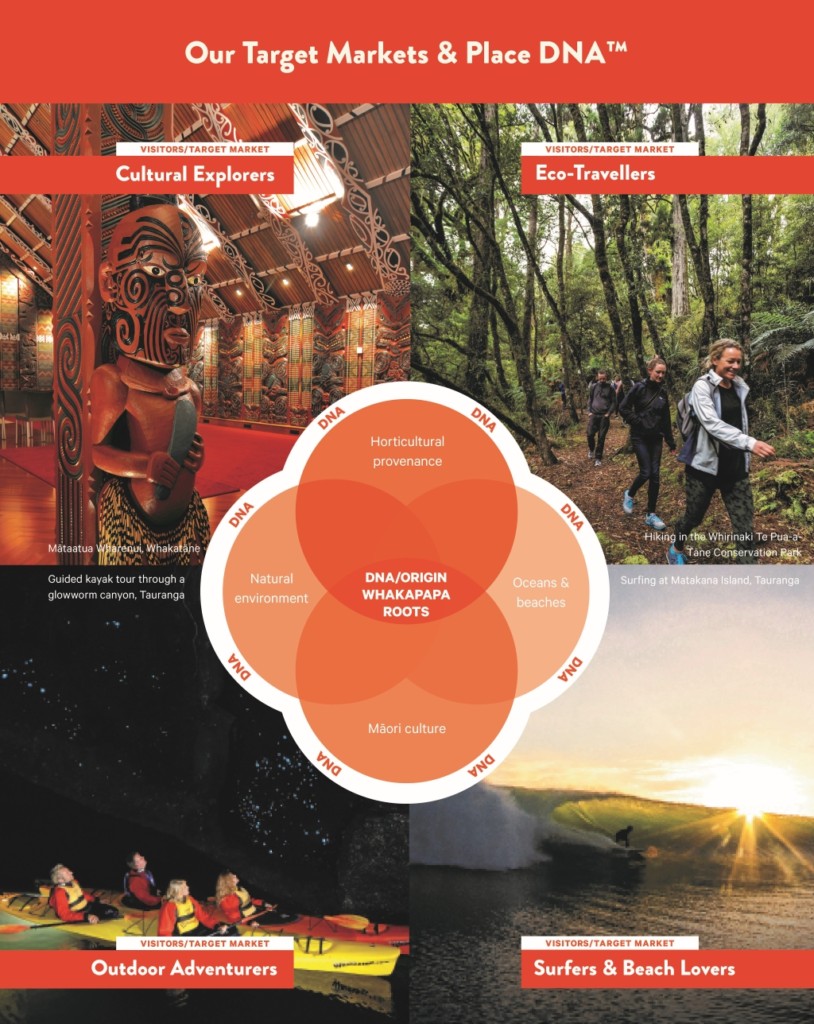
Don’t let perfect be the enemy of good
A key challenge along the journey so far has been collectively ‘not knowing’. This has been further compounded by the environment of volatility, uncertainty, complexity, and ambiguity created by COVID-19. Ambiguity and uncertainty are uncomfortable modes for some people to operate within at the best of times. When managing change, and during a crisis, one must become comfortable not knowing the answers to questions; the known unknowns and the unknown unknowns.
Also see Carol Chaplin’s “GT” Insight
“Overtourism to no tourism and back: What is Lake Tahoe’s ‘new normal’?”
Linked to this uncertainty is the challenge of simply becoming comfortable taking steps in the hope that they are in the right direction. One can never know what the whole journey will look like, or whether there will ever be an end to it. We have come to appreciate that moving forward with a new world view is more important than waiting to do things perfectly. It is much more important to think, feel, and act, than to promote our actions.
More functionally, there is a considerable lack of investment in tourism innovation, let alone the research and insights required to measure and manage the sector effectively. Funding for tourism in New Zealand is significantly constrained and it leads to poor outcomes for all stakeholders. I have considerable hope that the New Zealand Tourism Futures Taskforce will bring net-value thinking and practice to Aotearoa.
In any case, the Bay of Plenty is just a small region in a small country. We move forward regardless with the hope that we can overcome challenges by connecting with like-minded regions and countries; becoming part of a groundswell that cannot be ignored. Locally, it will be our manuhiri (visitors) and residents who vote with their choices, hopefully based on their shared values: A love of place and a purposeful want to protect it for future generations.
Our journey continues …
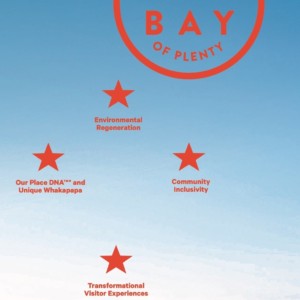
At Tourism Bay of Plenty we look up to our vision, which is symbolised as Te Punga, the Southern Cross. This constellation is visible in the Southern Hemisphere sky and has been used to guide Polynesian travellers for millennia. In Māori culture, Te Punga was an anchor of the original great sky waka (canoe) – Te Waka o Tamarēreti. It is our anchor in turbulent times; our guide towards a better future.
My personal world view has shifted so far that I cannot go back. Once you see you cannot un-see. So, for me, protecting our place and its people, and regenerating all of our species so that they are known to future generations, is no longer an option. It’s a must.
As a sector, tourism has immense potential for good. Collectively we can be a potent force. This isn’t something we need to learn so much as we need to remember. All we need to know is innate to indigenous wisdom. And it exists in nature. We just need to be ready to listen, and to love, more than we want to profit.
Wherever we are, we can all be ‘place-keepers’.
Purpose is good.
What do you think? Share a short anecdote or comment below. Or write a deeper “GT” Insight. The “Good Tourism” Blog welcomes diversity of opinion and perspective about travel & tourism because travel & tourism is everyone’s business.
Featured image (top of post): Family selfie image supplied by Tourism Bay of Plenty. “GT” added the heart-shaped overlay.
Downloads
- Te Hā Tāpoi | The Love of Tourism 2019 – 2022 (PDF, hosted offsite)
- Te Hā Tāpoi | The Love of Tourism Annual Plan 2020 – 2021 (PDF 6 MB)
About the author
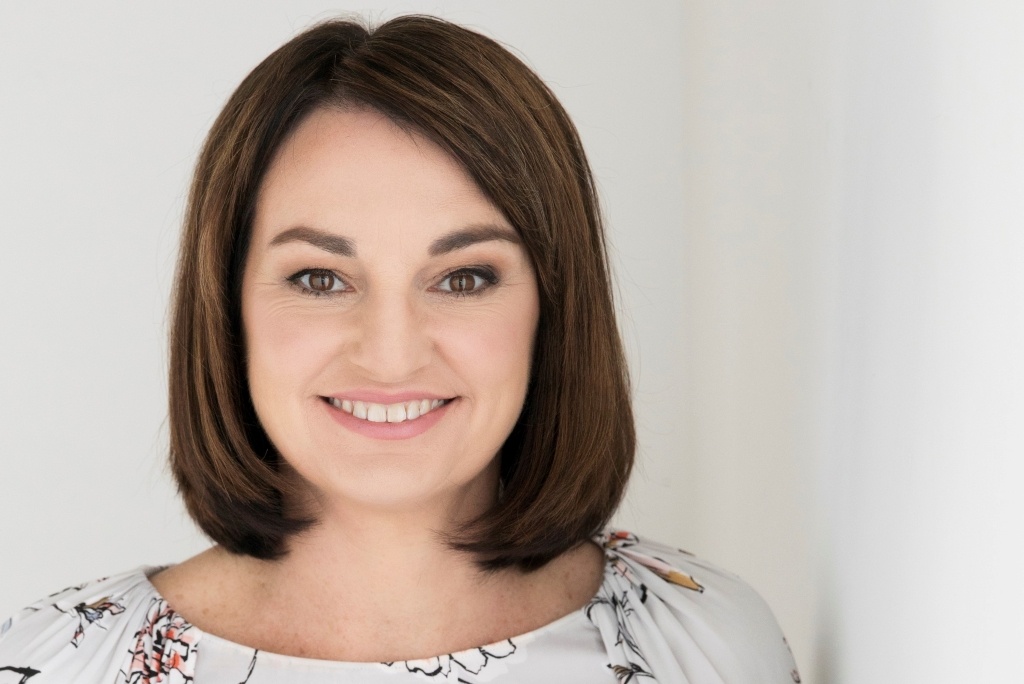
Kristin Dunne is the tumuaki (chief executive) of Tāpoi Te Moananui ā Toi | Tourism Bay of Plenty. Ms Dunne is passionate about creating a sustainable future for the visitor economy in New Zealand that enhances visitors’ experiences and local communities. Tourism Bay of Plenty’s tourism strategy, Te Hā Tapoi, is considered “an exemplar” framework for regenerative destination management.
Before making her mark on the travel & tourism industry, Kristin held senior management roles at Vodafone and Woosh and gained extensive marketing experience at DB Breweries, ASB BANK, and Television New Zealand. She is a Fellow of Marketing and holds a Bachelor of Business Studies.


